Jan. 1, 1915: The Legend Of Levinsky
Modern day boxing cannot legitimately claim to be better than boxing in the past. In fact, in terms of the technical abilities and skill level we see today, it’s likely worse. But one thing has definitely improved: record keeping. In the past, a bout could take place and if it wasn’t reported in the local paper for some reason, any evidence of the contest would quickly disappear. The converse was also true. Boxers and their imaginative managers could pad the record with bouts that never happened in an effort to make the fighter in question appear more formidable, and thus more marketable.
But no one disputes the fact that light heavyweight champion Battling Levinsky was one of the true “iron men” of boxing, a highly active fighter who enjoyed a two decade long career during a time when “highly active” meant fighting a dozen times or more in a year. In 1914 alone, Levinsky fought 36 times, and all of those contests have been verified. Compare that to today where four or five bouts is a busy year for most pugilists.

Levinsky’s official record is daunting enough. It states that he scored 196 wins, including newspaper decisions, in 287 bouts. That means that an average year for the fighter whose real name was Barney Lebrowitz involved almost 30 matches. But until his dying day, Levinsky maintained that he actually participated in more than five hundred contests, and there’s really no way of determining for certain whether his claim is bogus. But in the decades since, boxing historians have combed through municipal records and old newspapers to try and determine the truth, and as a result the colorful story of what Levinsky accomplished on January 1, 1915 is now widely regarded as just that, a story.
Levinsky had the style to be as active as he was. A quick, slick, defensive genius, he possessed incredible stamina and thus could box and move round after round, sustaining little punishment as his opponent ineffectively chased him all over the ring. His manager, “Dumb” Dan Morgan (the ironic nickname referring to the fact Morgan never stopped talking), boasted for all to hear about Levinsky’s skill and defensive prowess, as well as the fact that it was everything he could do to keep him out of the ring. “He’d fight every single night if I let him,” claimed Morgan.
As if to prove the point, on New Year’s Day, 1915, Morgan, according to legend, arranged for Levinsky to make not one, not two, but three separate ring appearances. Perhaps “Dumb” Dan wanted more attention paid to his fighter after the amazing record he had posted in the year just finished. Whatever the case, as a publicity stunt, it worked, and sports fans at the time accepted the story at face value.
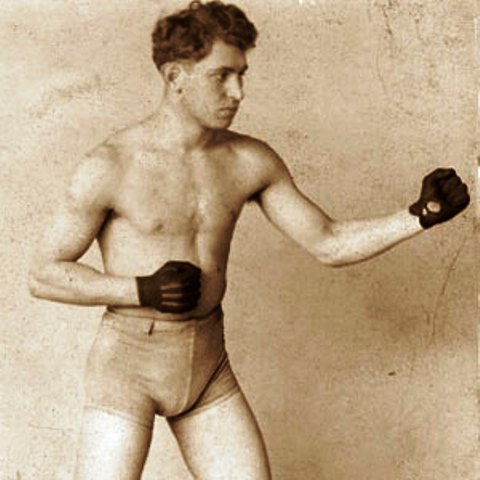
According to the legend, late in the morning of January 1st, 1915, Levinsky boxed ten fast rounds with one Bartley Madden at the Broadway Athletic Club in Brooklyn. After lunch, Morgan and Levinsky went to Manhattan where Levinsky boxed another ten rounds, this time with Soldier Kearns. Following the second fight, the intrepid pair made their way to Grand Central Station and boarded the train to Connecticut where that evening Levinsky took on Gunboat Smith in a scheduled twelve rounder that was declared a draw.
Like all the great boxing promoters and managers, Morgan was nothing if not a teller of tall tales, a polite way of saying the man was an incessant liar. Recent searches have turned up nothing on the alleged bouts with Madden and Kearns. In fact, Madden was inactive for all of 1915, while Alfred (Soldier) Kearns did fight with Levinsky that year, but in July, not January.
But at the time people thought the story true, it only adding to Levinsky’s reputation as one of the most active boxers in the sport’s history. And then a young reporter had the temerity to ask the ambitious young pugilist: “Mr. Levinsky, why do you insist on such a demanding schedule?” A query to which the battler — with an air of incredulity, as if a more stupid question could scarcely be conceived — bluntly replied: “I like money!”
The following year Levinsky, whose record boasts battles with such greats as Tommy Gibbons, Gene Tunney, Jack Dempsey and Harry Greb, would win the world light heavyweight title from Jack Dillon. He would hold it until 1920 when he was defeated by Georges Carpentier. — Robert Portis

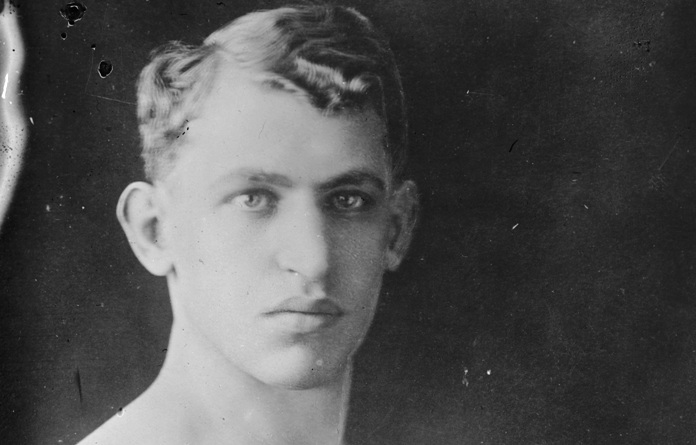

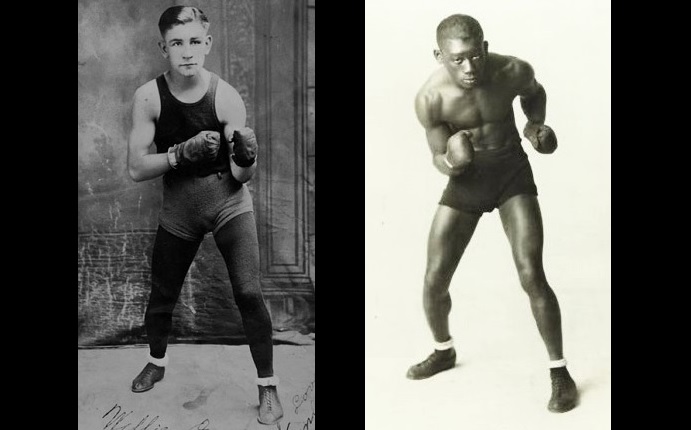
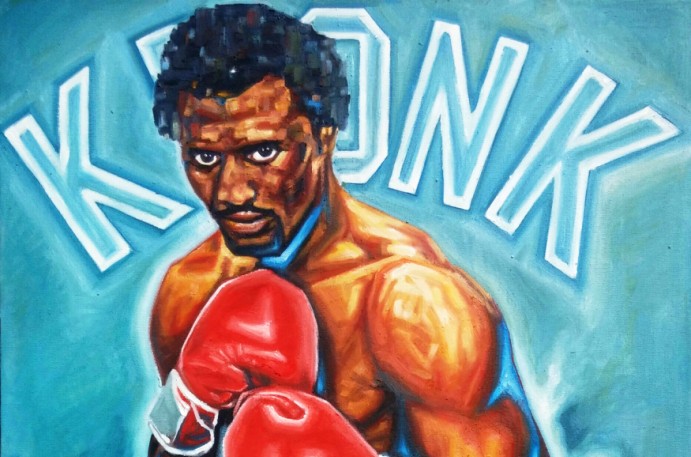
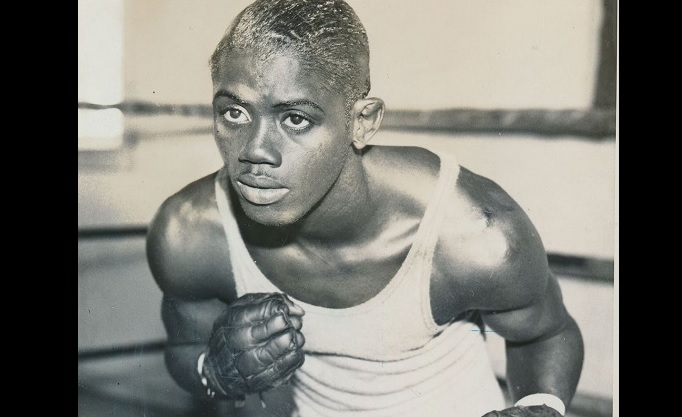
Agree with the comment ‘Modern day boxing cannot legitimately claim to be better than boxing in the past. In fact, in terms of the technical abilities and skill level we see today, it’s likely worse.’
Most sports, participants have become bigger, faster, stronger but in Boxing, a sport which has controlled weight classes this does not necessarily apply. Fighters such as Sugar Ray Robinson was leagues ahead of the current welterweight(and middleweight) crop, can you imagine any of todays Lightweights challenging the Roberto Duran of the 70’s? Or todays Featherweights troubling Willie Pep or even Sandy Saddler?
None of todays Boxers will crack the all time top 10 list, perhaps there are names such as Floyd Mayweather Jnr, Manny Pacquio, Vasyl Lomachenko, Roman Gonzalez(and probably Guillermo Rigondeaux if he had fought a lot more) who display supreme abilities but on the whole, the sport has not improved as fighters are becoming businessmen just as much as they are Boxers. Yes Sugar Ray Robinson it could be argued was also like this, but he still put himself down for over 200 fights!
Still, with all the tall tales and suspicious bits in the records of some of the 19th and early 20th century greats, when proven to be nothing but that, they never change’s my perception of the fighter, because the extensive and well documented records of the incredible things they did do, sometimes over and over again, is. so overwhelming it makes that greatness simply undeniable, and those “blemishes” fail to even scratch that image.
It’s even easy to excuse their existence, given the times we’re speaking of, and even more, the nature of the fight business.
Or maybe I’m just a romantic…